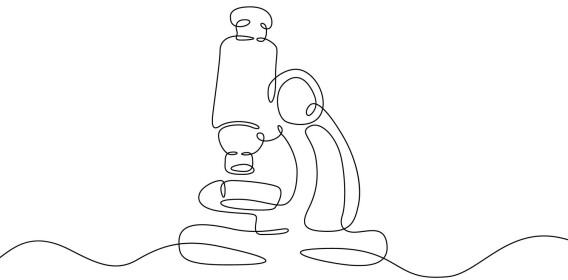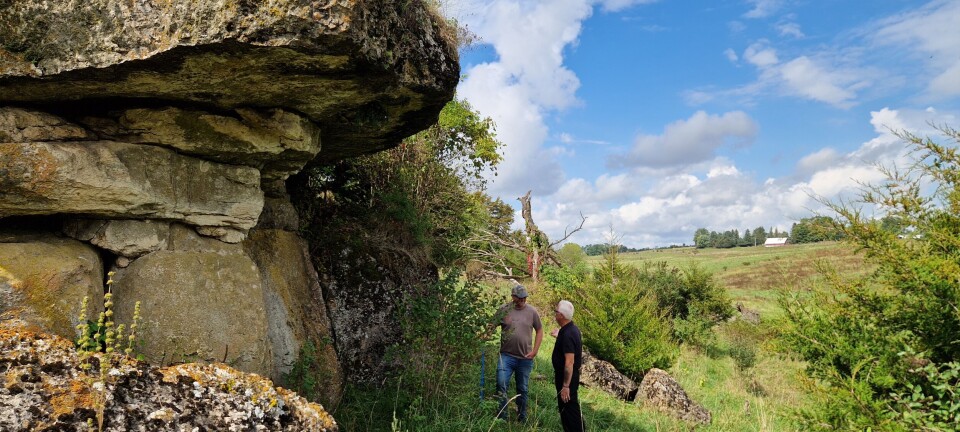'It's easy to spot a Norwegian immigrant. They are serious men and women in new, homemade clothes'
A Norwegian immigrant wrote that in a letter home in 1853. Making clothes yourself was cheaper than trying to follow American fashion.

What do you do when you move to another country?
Do you throw out the clothes you brought and buy outfits that match local trends? Or do you stick with the style from home – because it’s familiar or because new clothes are too expensive?
This was the choice Norwegian immigrants had to make when they came to the United States in the 1800s.
People made different choices depending on their financial situation, personal preference, and occupation.
Where they came from in Norway also played a big role.
Saved money by sewing
Norwegian women were used to making and sewing their own clothes. And they seemed intent on continuing to do so in America.
"Almost every woman brought a spinning wheel," says Laurann Gilbertson.
She is the chief curator at the Vesterheim Museum in Decorah, Iowa.
A spinning wheel turns sheep's wool into yarn.

"One Norwegian woman brought three spinning wheels – one for herself and two for her three-year-old twin daughters. She clearly expected that both she and her daughters would be doing textile production," says Gilbertson.
Many Norwegian immigrants kept to their traditional ways.
A Norwegian wrote home in 1853 that an immigrant could be spotted at once by their clothing. They were serious men and women in new, homemade clothes.
Store-bought socks or a rifle?
Emigrants sold nearly everything they owned to save for the journey and for building a new life in America.
"The spinning wheel let them spend their money on things other than clothing. It gave the families an economic benefit," says Gilbertson.
In 1894, a wool sock cost 25 cents in the store or by mail order. The Vesterheim Museum calculated that a family of eight would spend 20 dollars a year on store bought socks. By knitting their own, they could instead afford a stove, a rifle, or a plough.
Just a few sheep were enough to provide clothing for the whole family. And the sheep could serve as food when needed.
Wool, spinning, knitting, weaving, and sewing were also ways to earn money. Women found work with people who had arrived before them.
"Or they would provide fabric or sew clothes for neighbours who needed help," says Gilbertson.
Norwegian immigrants spun more than others.
"German and Swedish immigrants made their own clothes during times of economic hardship, but Norwegians did it a lot more. Maybe they took pride in doing things themselves," she says.

The transition was greatest for rural people
Bjørn Sverre Hol Haugen is a cultural historian and senior curator at the Norwegian Folkemuseum.
He believes that where immigrants came from in Norway determined how they dressed.
"The 1800s cover a long period with many changes. There were also differences from place to place," says Haugen.
Most emigrants left directly from rural Norway for the United States. Areas like Setesdal, Telemark, Hallingdal, Numedal, and Western Norway still had active folk-costume traditions.
"For people from these regions, the transition was definitely the biggest," says Haugen.
In 1986, folklorist Aagot Noss concluded that most emigrants abandoned their folk costumes once they arrived in America. Many removed them even before they left.


200 years since the first emigrants left
In 2025 it will be 200 years since the first Norwegian emigrants travelled to the USA. Science Norway's reporting trip has been made possible through support from the Fritt Ord Foundation. Science Norway has full editorial freedom.
Norwegian wool garments gradually disappeared
It took a while before farmers in the Midwest changed their clothing style completely.
Noss wrote about a Norwegian immigrant woman who said they first wore the same clothes they had used in Norway. Once those wore out, they bought new ones.
"At that point they wanted to look like Americans," says Haugen.

The practical Norwegian garments – linen underneath and layers of wool on top – eventually fell out of use. This was likely for cultural reasons.
"Norms and social status could outweigh practicality," says Haugen.
A big difference was that in the United States, women could get cheap cotton fabric, something that was very expensive in Norway, explains Gilbertson.
Travelling salesmen would visit farms to sell cotton cloth to the women. Or they could travel to the nearest town.
Easier for city people
Knut Berthelson Skeie wrote home in 1850 with advice on what emigrants should bring to America.
Aagot Noss writes about this in a 1986 article about Norwegian folk costumes in the latter half of the 1800s.
Women should bring 'as few clothes as possible, because they cannot be used in America at all.' American women's clothing was completely different. Men, however, could bring theirs, Skeie wrote.
In Norwegian cities, people commonly wore clothing influenced by European styles. With the exception of the Sámi, people from Trøndelag and farther north did not wear folk costumes. The same was true in the lowland areas of Eastern Norway, according to Haugen.
"People in that area were more in touch with European fashion trends. The transition wasn't as big for them," says Haugen. "Urban styles worked on both sides of the Atlantic. Not necessarily the latest trends, but clothing you could continue using."
Change came quickly for younger immigrants
For young immigrants who found work upon arrival, the change happened quickly.
They bought ready-made, American clothing.
"They put away the fabrics and clothes they had brought from Norway," says Gilbertson.
"There are stories of immigrants wearing new clothes the very first time they appeared in church," says Haugen.
Noss also quotes a letter from a Norwegian-American who wrote home in 1855 and described Norwegian women working as maids:
'The first Sunday after arriving in America, they still wear their old Norwegian clothes; the second Sunday brings a new outfit; and the third, a hat, parasol, silk shawl, new clothes from head to toe.'
Women learned what was stylish and popular from magazines run by Norwegian women.
Fashion magazines for Norwegian women
Kvinden og Hjemmet (The Woman and the Home) was one of these. It was run by two sisters, Ida Jensen Hansen and Mina Jensen, and covered social issues, politics, child-rearing, cooking, and fashion.

Fashion changed more quickly in America than in Norway. Within a couple of seasons, the sleeves on a dress became larger or smaller. Collars grew or shrank. Women altered their clothing or bought new garments if they had the money.
"In Norway, corsets were uncommon in areas with strong folk-costume traditions. In places without those traditions, they were common," says Haugen.
Among wealthy American women, corsets were standard. In the magazine Kvinden og Hjemmet, the debate ran on. They believed corsets made women sick and tired. After World War I, corset disappeared in favour of more practical dresses.
The Norwegian look returned
In 1925, the 100-year anniversary of Norwegian emigration to the United States was celebrated.
Most Norwegian-Americans were wearing American clothes by then.
"But now they wanted to show their Norwegianess," says Gilbertson.

Busserull shirts and folk costumes became popular again.
Today, many Norwegian-Americans wear bunads, Norwegian sweaters, or T-shirts with slogans as symbols of their cultural heritage.
———
Translated by Alette Bjordal Gjellesvik
Read the Norwegian version of this article on forskning.no
Reference:
Noss, A. Folkedrakter i Noreg i andre halvdel av det 19.hundreåret : frå norske folkedrakter til amerikanske klede (Folk costumes in Norway in the second half of the 19th century: from Norwegian folk costumes to American clothes), published by Norsk Folkemuseum, 1986.
Related content:

Subscribe to our newsletter
The latest news from Science Norway, sent twice a week and completely free.




























































